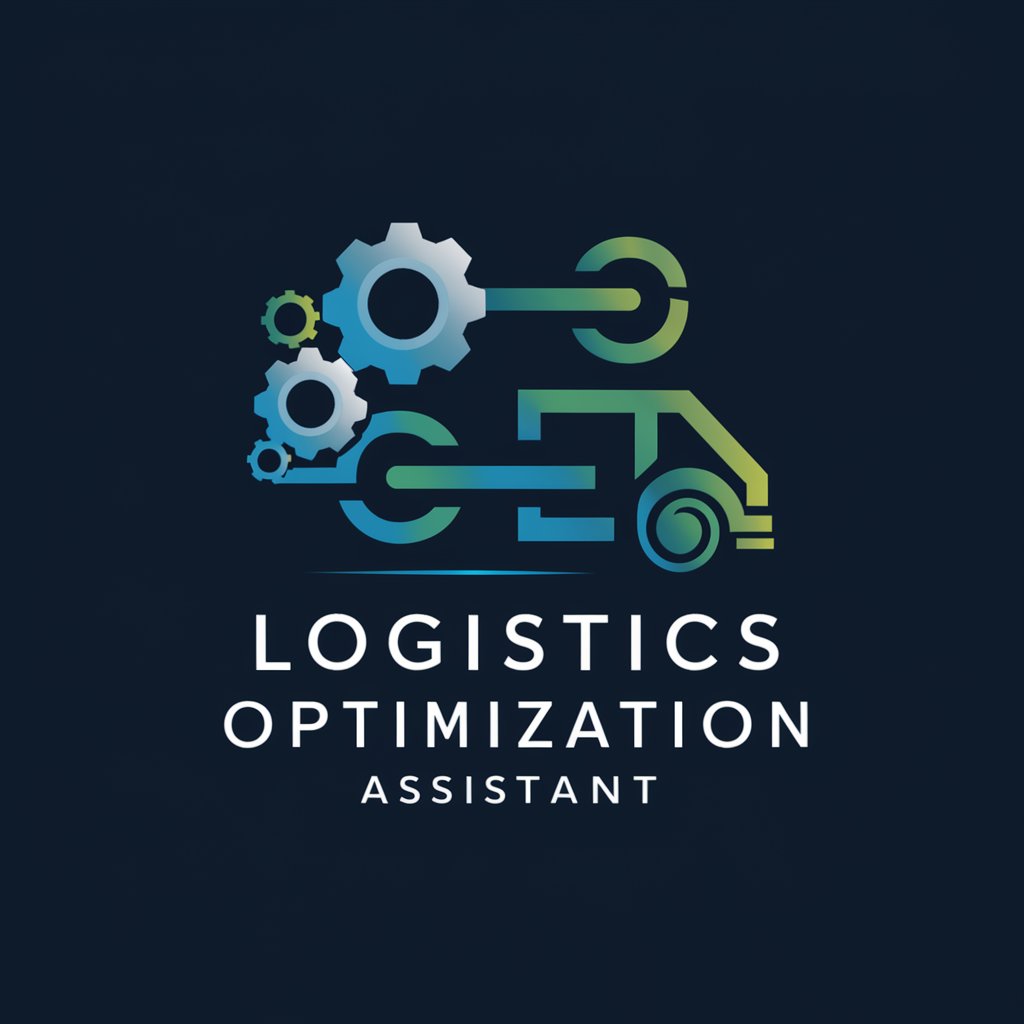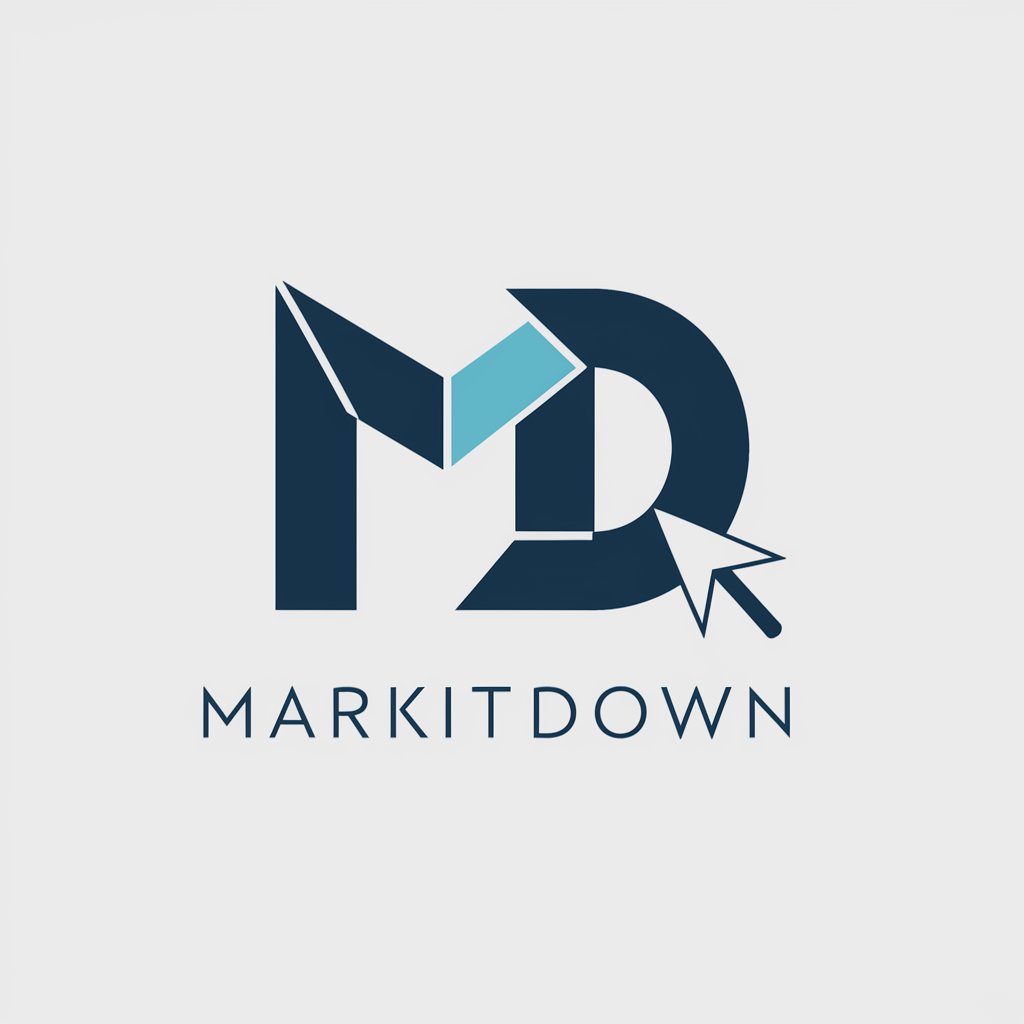Logistics Optimization - AI-powered Logistics Insights

Welcome! Let's optimize your logistics operations for maximum efficiency and effectiveness.
Optimize logistics with AI efficiency
Suggest strategies for improving supply chain efficiency in a mid-sized manufacturing company.
What are the best practices for managing inventory in a retail business?
How can a logistics company reduce transportation costs while maintaining delivery speed?
What are some eco-friendly transportation solutions for reducing environmental impact in logistics?
Get Embed Code
Introduction to Logistics Optimization
Logistics Optimization is a specialized field focused on enhancing the efficiency and effectiveness of supply chain and logistics operations. It involves analyzing, modeling, and improving various components of logistics activities, from inventory management to transportation, warehousing, and distribution. The purpose of Logistics Optimization is to ensure that goods and services are delivered at the right time, to the right place, in the most cost-effective and efficient manner. This is achieved through the application of advanced algorithms, data analytics, and problem-solving strategies to minimize costs, reduce delivery times, and improve service quality. For example, a logistics optimization system might analyze historical shipping data to identify the most efficient routes and modes of transportation, or use predictive analytics to forecast demand and adjust inventory levels accordingly. Powered by ChatGPT-4o。

Main Functions of Logistics Optimization
Supply Chain Efficiency Improvement
Example
Implementing a just-in-time inventory system to reduce storage costs and minimize waste.
Scenario
A manufacturing company faces high storage costs and frequent stockouts. By applying just-in-time principles, the company aligns raw material orders directly with production schedules, thus reducing the need for large inventory holdings and mitigating the risk of excess and obsolete stock.
Optimal Transportation Routing
Example
Using route optimization software to determine the most efficient delivery paths for a fleet of vehicles.
Scenario
A logistics company needs to deliver goods to multiple destinations across a region. By using route optimization software, the company can analyze various factors such as road conditions, traffic patterns, and delivery windows to create the most efficient route for each vehicle, saving time and fuel costs.
Effective Inventory Management
Example
Applying demand forecasting tools to predict customer demand and adjust inventory levels.
Scenario
An e-commerce retailer experiences fluctuating demand for products. By using demand forecasting tools, the retailer can analyze sales data, seasonal trends, and market conditions to accurately predict future demand, ensuring optimal inventory levels are maintained to meet customer needs without overstocking.
Ideal Users of Logistics Optimization Services
Logistics and Supply Chain Managers
Professionals responsible for overseeing the movement, storage, and flow of goods. They benefit from logistics optimization by gaining insights that help reduce costs, improve operational efficiency, and enhance customer satisfaction.
Manufacturing Companies
Businesses that require efficient coordination of raw materials and finished goods to meet production schedules and market demand. Logistics optimization can streamline their supply chain, reduce lead times, and optimize inventory levels.
E-commerce Retailers
Online sellers that need to manage a wide range of products and ensure timely delivery to customers. Logistics optimization offers solutions for managing inventory effectively, optimizing fulfillment operations, and improving delivery performance.

Guidelines for Using Logistics Optimization
Start with a Free Trial
Initiate your logistics optimization journey by visiting a platform offering a free trial, no login or ChatGPT Plus subscription required.
Identify Your Needs
Assess and identify the specific logistics challenges you're facing, such as supply chain inefficiencies, inventory management issues, or transportation hurdles.
Configure Your Parameters
Input your logistics data, including inventory levels, supply chain routes, and transportation costs, to tailor the optimization solutions to your specific needs.
Analyze Optimization Suggestions
Utilize the tool's AI-powered suggestions to explore different optimization strategies, evaluating their potential impact on efficiency and cost reduction.
Implement and Monitor
Implement the recommended strategies and continuously monitor their performance through the tool, adjusting as necessary to achieve optimal logistics operations.
Try other advanced and practical GPTs
Past Perspectives
Uncover History with AI

Fyodor Dostoevsky
Explore the Depths of Human Nature

ADHD Coach
Empowering ADHD management with AI

Global Law Guide
Empowering legal processes with AI

Insightful Mentor
Empowering growth with AI-driven guidance

Financial Sage
Empowering financial decisions with AI.

Herb Dog
Empowering cannabis curiosity with AI-driven insights.

MarkItDown
Transform text effortlessly with AI

Affirmation Artist
Empower your mind, embrace positivity

Image Cloner and Reimaginer
AI-powered image cloning and reimagining.

GAME
Elevate Your Streams with AI-Driven Commentary

Christian Companion
Uncover Biblical Wisdom with AI

FAQs about Logistics Optimization
What is Logistics Optimization?
Logistics Optimization refers to the use of advanced algorithms and AI technologies to streamline supply chain operations, minimize transportation costs, and improve inventory management, enhancing overall efficiency.
Can Logistics Optimization reduce operational costs?
Yes, by analyzing data and suggesting the most efficient routes, inventory levels, and transportation modes, Logistics Optimization can significantly reduce wastage, improve turnaround times, and lower overall operational costs.
How does AI contribute to Logistics Optimization?
AI analyzes large volumes of data to predict trends, automate decision-making, and provide actionable insights, enabling businesses to make informed decisions and optimize their logistics operations effectively.
Is Logistics Optimization suitable for small businesses?
Absolutely. Small businesses can greatly benefit from Logistics Optimization by improving their supply chain visibility, reducing excess inventory, and finding cost-effective transportation options, making it a scalable solution for businesses of all sizes.
Can Logistics Optimization support sustainable practices?
Yes, it promotes sustainability by optimizing route planning to reduce fuel consumption, suggesting eco-friendly transportation modes, and minimizing waste through efficient inventory management, aligning with green logistics principles.
